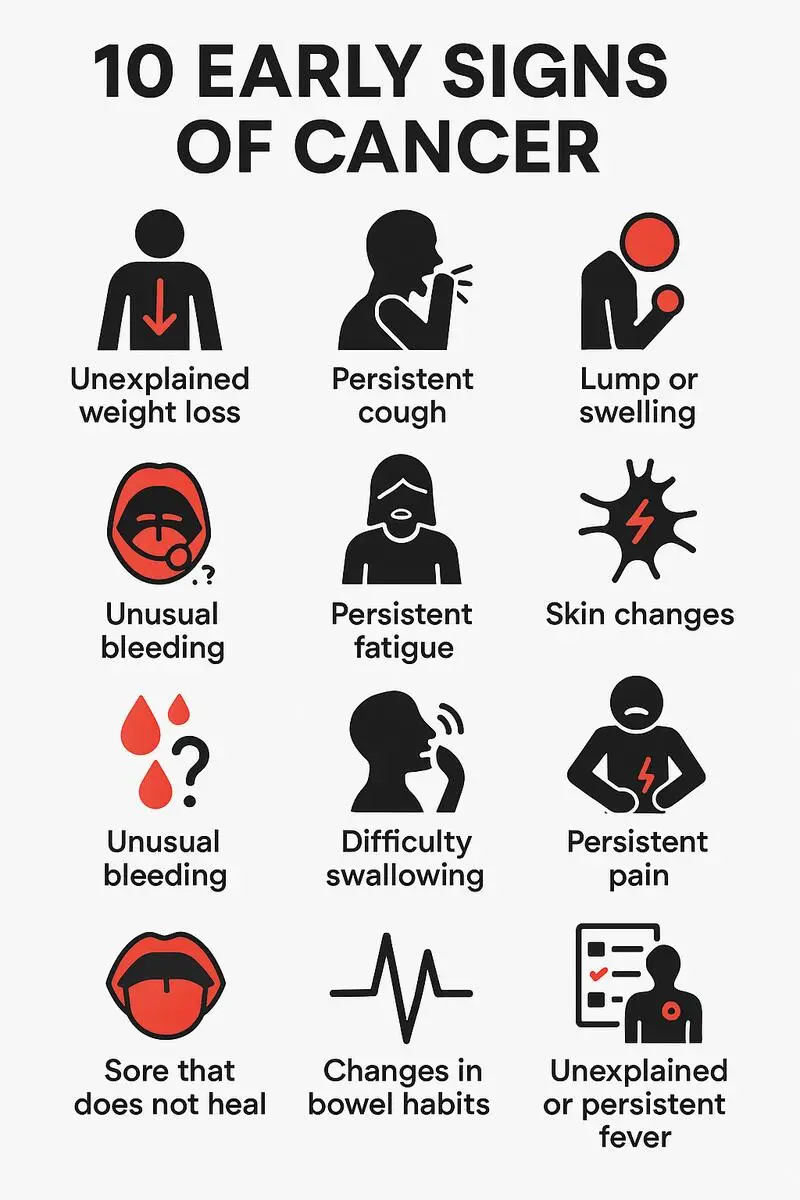- Published on: May 07, 2022
- 3 minute read
- By: Second Medic Expert
Ovarian Cancer - Cause Symptoms Diagnosis & Treatment
What is ovarian cancer?
Ovarian cancer is a type of cancer that begins in the ovaries. The ovaries are two small, almond-shaped organs located on each side of the uterus. They are responsible for producing the eggs necessary for reproduction and for secreting the female hormones estrogen and progesterone. Ovarian cancer is the fifth most common type of cancer in women and is most often diagnosed in women over the age of 60.
What are the symptoms of ovarian cancer?
The symptoms of ovarian cancer can be subtle and nonspecific, making it difficult to diagnose in its early stages. However, there are some common symptoms that may be a sign that something is not right.
Ovarian cancer is one of the most common types of cancer in women. It usually occurs in women over the age of 50, but it can occur in younger women as well. Ovarian cancer is a very serious disease and can be fatal if not detected and treated early. There are many different causes of ovarian cancer, but the exact cause is unknown. Some risk factors include family history, being overweight, smoking, and certain health conditions such as endometriosis.
The most common symptom of ovarian cancer is abdominal pain or discomfort. Other symptoms may include bloating, frequent urination, difficulty eating or feeling full quickly, and fatigue. It’s estimated that over 22,000 women will be diagnosed with ovarian cancer in the United States this year alone. Though it is the fifth leading cause of death among women, it is often referred to as a “silent killer” because its symptoms can be hard to detect.
The ovaries are a pair of small organs located on either side of the uterus. They produce eggs and hormones like estrogen and progesterone. Ovarian cancer begins when cells in the ovary start to grow uncontrollably. This can happen for a number of reasons, including genetic mutations or due to changes in hormone levels. Ovarian cancer is a type of cancer that starts in the ovaries. The two main types of ovarian cancer are epithelial ovarian cancer (EOC) and germ cell ovarian cancer (GOC).EOC is the most common type of ovarian cancer, accounting for about 85 to 90 percent of all cases. GOC is much less common, accounting for only 2 to 5 percent of cases.
The cause of ovarian cancer is not known, but there are some risk factors that may increase a woman’s chance of developing the disease. These include:
• Age: Women over the age of 50 are at increased risk.
• Family history: Having a first-degree relative (mother, sister
According to the National Cancer Institute, ovarian cancer is "a malignancy that arises from cells of the ovary." Although it is possible for ovarian cancer to develop in women of any age, the majority of cases are diagnosed in women over the age of 60. There are a number of different types of ovarian cancer, each with its own set of symptoms and prognosis. The most common type is epithelial ovarian cancer, which begins in the cells lining the ovaries. Other less common types include germ cell tumors (which begin in the eggs) and stromal tumors (which begin in the connective tissue).
The ovaries are two small, almond-shaped organs located on either side of the uterus. These organs produce the eggs that travel through the fallopian tubes and are fertilized by sperm in the womb. Ovarian cancer usually begins in the epithelium, which is the thin layer of cells that covers the ovaries. There are several possible causes of ovarian cancer, though the exact cause is unknown. One theory suggests that it may be caused by an imbalance of hormones, while another points to a history of pelvic inflammatory disease or other infections as a possible risk factor.
There are many different possible causes of ovarian cancer. One of the most common is a family history of the disease. Women who have close relatives (such as a mother or sister) who have been diagnosed with ovarian cancer are more likely to develop the disease themselves. Other possible risk factors include certain inherited genetic conditions, such as Lynch syndrome and BRCA1/2 mutations. Being overweight or obese is also thought to increase the risk, as well as taking hormone replacement therapy (HRT) during menopause.
The cause of ovarian cancer is not known, but there are several risk factors that may increase a woman's chance of developing the disease. These include:
• A family history of ovarian cancer or breast cancer
• A personal history of breast cancer
• Obesity
• Never giving birth
• Taking estrogen-only hormone replacement therapy after menopause
• Use of fertility drugs
The symptoms of ovarian cancer can be difficult to identify because they are often nonspecific and mimic other conditions. Ovarian cancer is a type of cancer that begins in the ovaries. The ovaries are a pair of small organs located in the woman's pelvis, one on each side of the uterus. Ovarian cancer usually starts in the cells lining the ovaries. Ovarian cancer is often called a "silent killer" because symptoms may not appear until the disease is in its advanced stages. When symptoms do occur, they may be nonspecific and can mimic other conditions or diseases, making ovarian cancer difficult to detect early.









